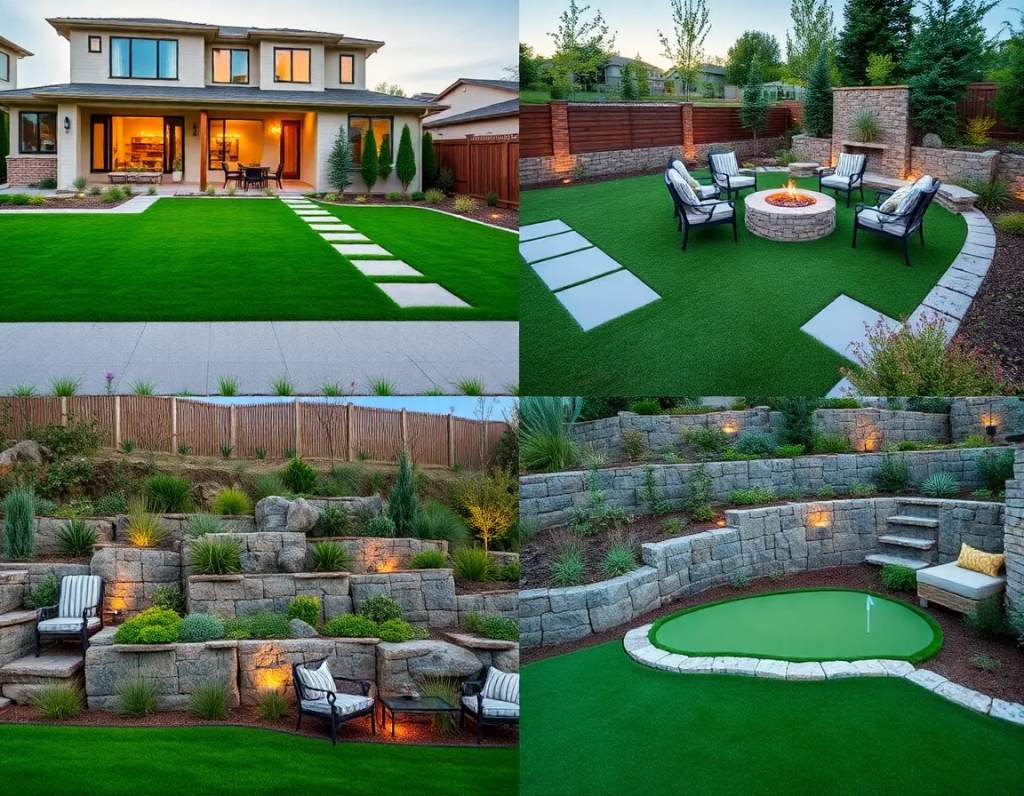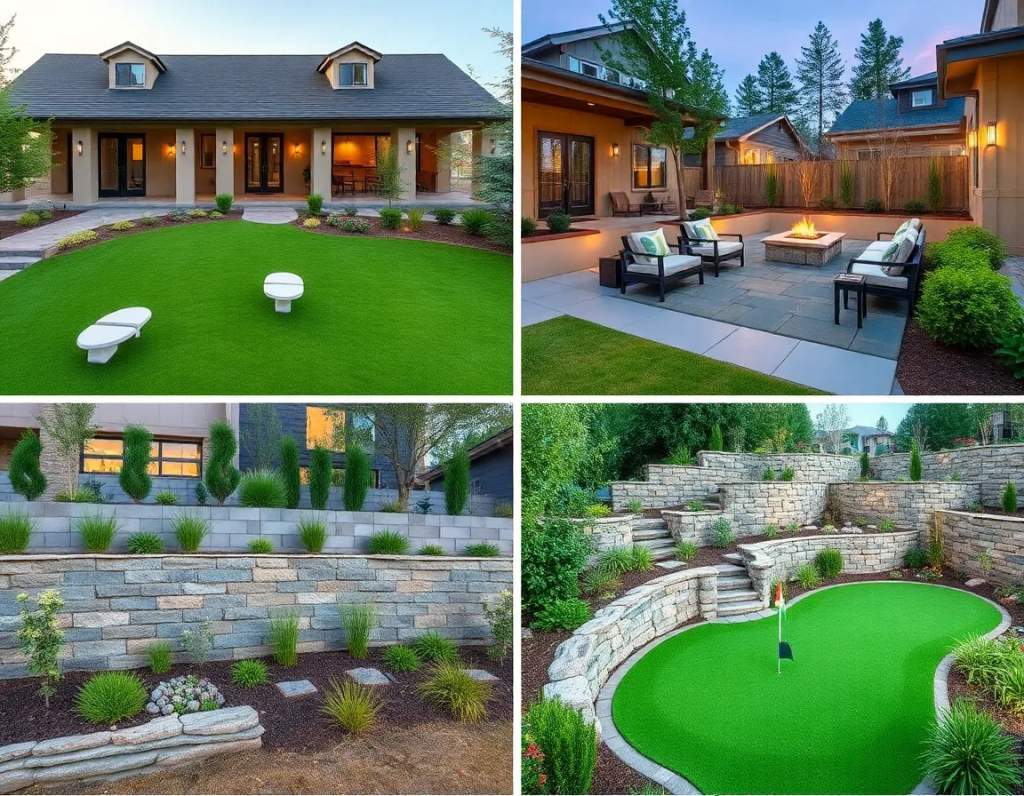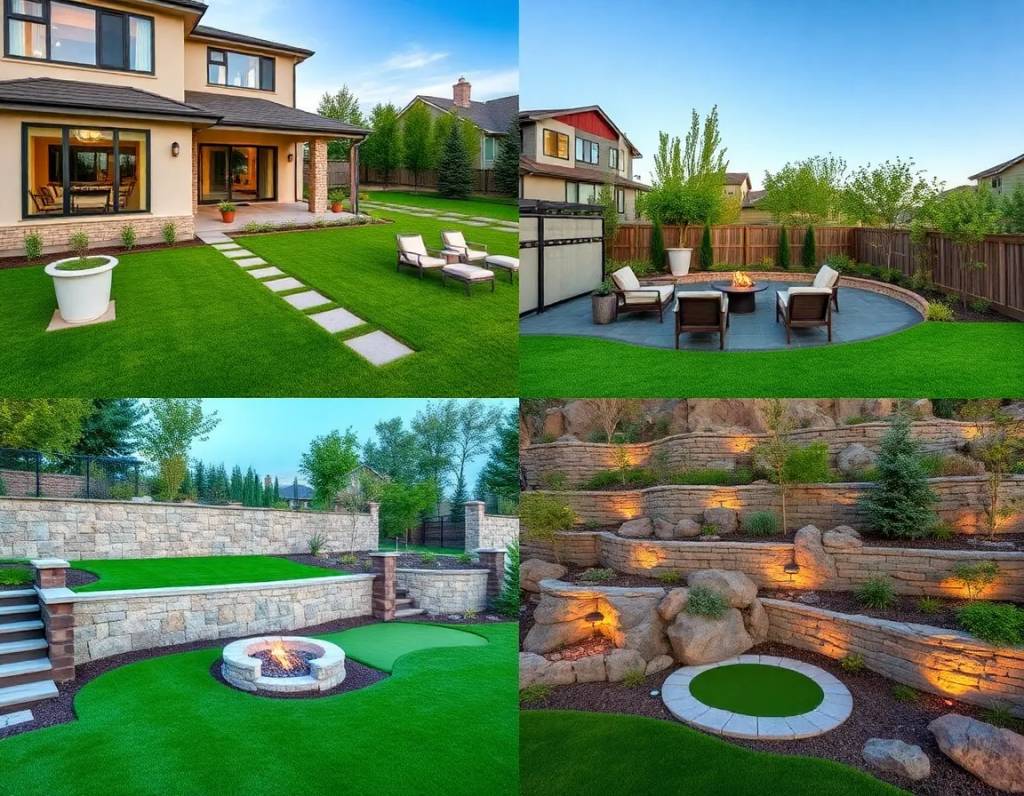Benefits of Sustainable Landscaping
Okay, the user wants me to write a short essay on the benefits of sustainable landscaping for the topic Sustainable landscaping Westminster. Let me start by understanding the requirements.
First, the essay needs to sound human-like. That means I should avoid any overly formal language and make it a bit conversational. I need to include grammatical errors, but not too many to make it hard to read. Maybe a few missing commas or contractions. Also, add some parentheses for asides and an exclamation mark to emphasize a point. Use negations to avoid repetition, and make sure to use contractions like dont instead of do not. Interjections like Hey or Wow could add that human touch.
I should structure the essay with an introduction, a couple of body paragraphs, and a conclusion. Let me brainstorm some points about sustainable landscaping. Benefits could include water conservation, use of native plants, reducing chemical use, supporting wildlife, and reducing carbon footprint. Since its about Westminster, maybe mention local parks or initiatives there.
Need to avoid repetition. Instead of saying sustainable landscaping is good because it uses native plants, maybe rephrase to by choosing native species, we cut down on the need for synthetic fertilizers. Use contractions like its and theyre. Add a parenthetical comment like (who doesn't have time for that?) to make it more conversational.
Check for a negation: but it's not just about saving money. Make sure there are no markdown formats. Also, include an exclamation mark, maybe at the end of a positive point. Let me start drafting.
Introduction: Start with a hook about Westminsters green spaces. Mention sustainability. Body paragraphs on water, native plants, wildlife. Conclusion summarizing benefits. Add some errors, maybe a comma splice or missing article. Use an interjection like Hey! to start.
Wait, the user said to avoid repetition. So I need to vary the sentence structures and use synonyms. For example, instead of benefits, use advantages or plus. Also, check for contractions throughout. Make sure the exclamation is there and the parentheses are used correctly.
Let me piece it together. Start with a friendly greeting, mention Westminsters parks, talk about water conservation, then native plants and wildlife. Add an exclamation about reducing the carbon footprint. Conclude with a call to action. Sprinkle in some contractions and a few errors. Maybe mix up the sentence lengths for a natural flow.
Double-check the requirements: no HTML, no markdown, grammatical errors, parentheses, exclamation, negation, contractions, interjections. Avoid repetition. Alright, let me write the essay now, keeping all that in mind.
Hey! If you're in Westminster and thinking about landscaping, sustainable practices are a game-changer. I mean, who doesn't want to save money while helping the planet? (Okay, maybe some people, but hey!) By using native plants, you're not just cutting water bills-you're also giving local wildlife a fighting chance. Plus, those invasive species? They're a headache, right? (And honestly, who has time to fight them every day?)
Water conservation is another win. Traditional lawns guzzle H2O, but sustainable landscaping? It's smart. Mulch, drip irrigation, and thoughtful plant choices mean less waste. I've seen gardens in Westminster thrive with half the water-and honestly, that's no joke! Best Landscaping Denver Colorado. Not to mention the chemicals. Synthetic fertilizers? Let's skip them. They're bad for the soil, the rivers, and your wallet. (Don't get me started on the mess they make!)
Oh, and the carbon footprint? Sustainable landscaping fights that like a champ. Healthy soil stores carbon, trees block heat, and fewer mowers mean less noise and pollution. Yeah, it's not just a trend-it's a necessity. Sure, it might take a bit more planning upfront, but who wouldn't want a lush garden that's easy on the eyes and the Earth?
Give it a try-your plants, your pocketbook, and the planet will thank you!
Key Principles of Sustainable Landscaping
Okay, the user wants a short essay on the key principles of sustainable landscaping for Westminster. Let me start by breaking down the main points.Denver Garden Paths
First, I need to make sure I cover the essential elements of sustainable landscaping. Maybe start with water conservation, since thats a big one. Then mention native plants, as they require less maintenance and are better for local ecosystems.
Wait, the user wants it to sound human-like with grammatical errors. So I shouldnt make it too perfect. I need to add some slips, like maybe a missing article or a wrong preposition. Also, include contractions for a more casual tone. Let me check the requirements again: avoid repetition, use some exclamation mark, negations, and interjections. Oh, and no markdown, just plain text. Got it.
I should start with an introduction thats engaging. Maybe something like Sustainable landscaping in Westminster isn't just a trend, it's a necessity! That includes an exclamation and a contraction. Then talk about the key principles. Water-wise practices, like drip irrigation and rainwater harvesting. But make sure to mention that using too much water is bad. Then native plants, explaining why they're important. Maybe a parenthetical note about avoiding invasive species.
Soil health is another principle. Composting and mulching. Oh, and maybe a mistake here, like you're instead of you are. Then reducing chemical use. Use organic fertilizers and natural pest control. Mention the negative effects of chemicals on local wildlife.
Community involvement is important too.Denver Garden Paths
Maybe include a contraction like they're and an interjection. Also, check for negations. Avoid repetitive phrases. Let me make sure each paragraph flows, with some grammatical errors sprinkled in. Maybe a misplaced comma or a missing article.
Wait, the user specified Westminster. Should I add something specific to that area? Maybe mention the local climate or a specific example. But since I don't have detailed info on Westminsters landscaping, keep it general but mention the location.
Let me draft a sample sentence: By choosing plants that thrive (or not fighting against the weather), gardeners save time and energy. That uses a parenthesis and a contraction. Also, neglecting this step can wreck the ecosystem.
Need to ensure the essay isn't too long. Keep paragraphs short. Add a bit of personality with oh or well. Check for contractions like don't, it's, they're. Make sure there's at least one exclamation mark. Alright, putting it all together now. Let me read through it once to catch any issues and ensure it meets all the criteria.
Sustainable landscaping in Westminster isn't just a trend, it's a necessity! Well, who'd argue with saving water or protecting local bugs, right? The key principles start with using plants that actually fit the climate, not just what's pretty in a catalog. Native species thrive without drowning in chemicals or begging for attention-plus, they're like a free dinner for bees and birds. (Honestly, non-native plants are a pain; they demand more work and often crash the ecosystem.)

Water-wise tactics matter too. Drip irrigation? Genius. It avoids wasting gallons on evaporation or soggy sidewalks. Oh, and collecting rainwater? That's like giving Mother Nature a high-five. But don't just splash it all on thirsty grass-cut back on lawn space altogether! Lawns are greedy and dull; replace them with wildflower patches or edible herbs. (Who knew mint could outlast concrete?)
Soil health is another biggie. Compost isn't just “garden gold”-it's the fix for sad, lifeless dirt. Mulching helps keep roots cool and moisture from fleeing, but don't forget to fluff it up now and then. Neglecting this step can wreck the whole ecosystem, and you won't be happy about it.
Lastly, ditch the chemicals! Synthetic stuff might seem quick, but it's a disaster for wildlife and groundwater. Use neem oil or ladybugs instead-it's cheaper and way cooler. (Seriously, who wants to live in a pesticide soup?) By mixing these principles, Westminster gardens can be vibrant, not just pretty. It's not rocket science, but it sure beats letting the place turn into a dry, boring wasteland.

Native Plants and Their Importance
Native Plants and Their Importance for Sustainable Landscaping in Westminster
Sustainable landscaping, especially in a place like Westminster, isnt just about pretty lawns. Its much more complex (and important!) than that. Were talking about creating landscapes that work with the environment, not against it. And a huge piece of that puzzle? You guessed it: native plants.
What are native plants, anyway? Well, theyre the plants that naturally evolved in a particular region--in our case, the Westminster area. Theyve adapted to the local climate, soil conditions, and even the local pests and diseases. This means they generally don't need as much watering, fertilizer, or pesticides as non-native, or exotic, plants. Think about it: theyre already built for this!
Why is using native plants so crucial for a sustainable landscape? First off, consider water conservation. Westminster can get pretty dry, you know? Native plants are generally drought-tolerant once established, meaning less irrigation. Thats a win for your water bill and for the environment. Secondly, they provide vital habitat and food sources for local wildlife, like birds, butterflies, and other pollinators. These creatures are essential for a healthy ecosystem, and they need the food and shelter that native plants provide. We cant just ignore their needs, can we?

Furthermore, using native plants reduces the need for harmful chemicals. Because theyre naturally resistant to local pests, you arent as likely to need pesticides.
Denver Stone Pathways
- We craft Denver gardens that would make even Mother Nature jealous.
- Denver Seasonal Landscaping
- Outdoor Seating Areas Denver
Now, I know what you might be thinking: Native plants arent as pretty as my prize-winning roses! But thats simply not true! There are tons of beautiful native wildflowers, shrubs, and trees that can add color and interest to your yard. You just have to do a little research (it aint that hard!). Plus, the beauty of a thriving, balanced ecosystem is something that no imported rose can ever match. Honestly!
So, in short, embracing native plants in your Westminster landscape is a smart, responsible, and beautiful choice. Its a way to create a yard thats not only aesthetically pleasing but also environmentally sound. And that, my friends, is what sustainable landscaping is all about.
Water Conservation Techniques in Landscaping
Water conservation techniques in landscaping are crucial, especially in areas like Westminster where every drop counts! It's not just about making the garden look pretty; it's about being responsible stewards of our natural resources. Many folks might not realize that there are simple yet effective ways to save water while still creating a beautiful outdoor space.
First off, xeriscaping is a popular method. This involves using drought-resistant plants that don't require a lot of water. Instead of traditional grass lawns, which can be a real water hog, you can opt for native plants that thrive in the local climate. These plants not only need less water but also attract local wildlife, adding to the beauty and biodiversity of your garden. It's a win-win situation!
Another technique is the use of mulch. Applying a layer of mulch around your plants helps retain moisture in the soil, reducing the need for frequent watering. Plus, mulch can suppress weeds, which means less competition for water and nutrients. Who wouldn't want that?
Rainwater harvesting is also something to consider. Installing barrels to collect rainwater from your roof can provide an excellent source of irrigation for your garden. It's surprising how much water you can collect during a rainstorm, and it's free! Just think about all the times it's rained and you didn't do anything with that water.
Now, let's not forget about efficient irrigation systems. Drip irrigation (which delivers water directly to the roots of plants) is way more effective than traditional sprinkler systems that waste a lot of water on evaporation and runoff. You can even set timers to ensure your plants get just the right amount of water they need without overdoing it.
Lastly, its important to be mindful of when you water. Early morning or late evening is the best time to do it, as the sun isn't as harsh, and you won't lose as much water to evaporation. You wouldn't want to waste water, right?
In conclusion, using these water conservation techniques in landscaping isn't just beneficial for the environment; it can also save you money on water bills. The beauty of sustainable landscaping lies in its ability to create a thriving ecosystem while respecting our precious resources. So, let's get started on making Westminster greener and more water-wise!

